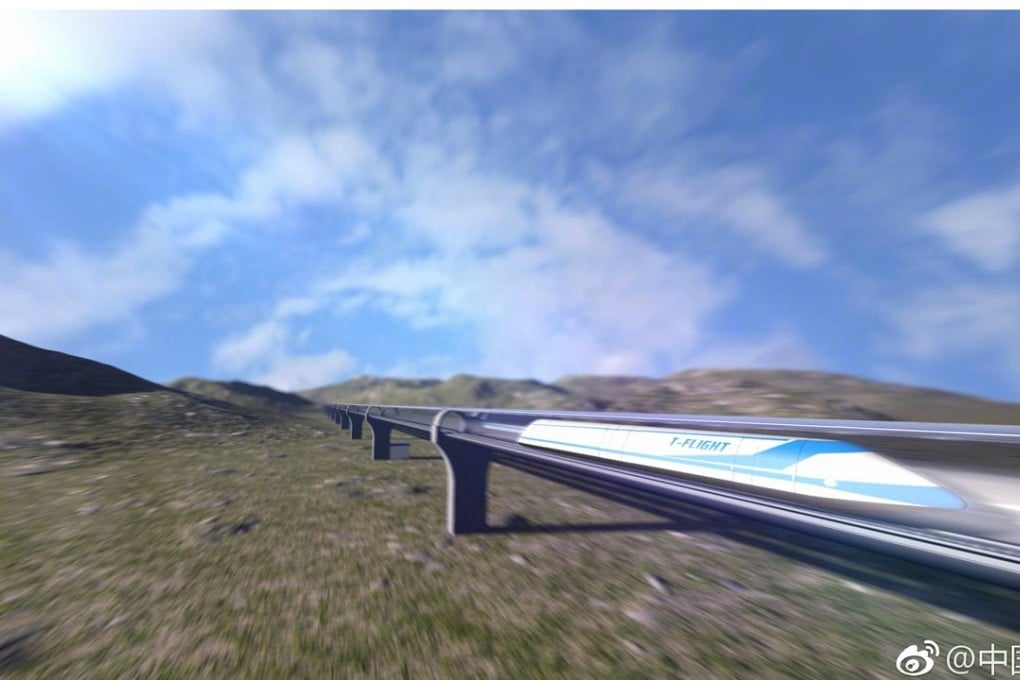Is China firm’s plan to develop 4,000 km/h train just a pipe dream?
Company says its concept would combine supersonic aircraft and high-speed rail technologies, but experts have cast huge doubts on the scheme

A Chinese aerospace firm’s claim that it is developing a “flying train” capable of travelling at up to 4,000 km/h has met with scepticism and wry humour from transport experts and members of the public in China.
China Aerospace Science and Industry Corporation announced plans on Wednesday to research a futuristic train network that would first run at 1,000km per hour between cities, eventually developing to reach top speeds of 4,000km/h.
That target is well over 10 times faster than the maximum speed of existing bullet trains.
The idea was unveiled by Liu Shiquan, the corporation’s deputy chief executive, at an industry conference in Wuhan in Hubei province on Wednesday, the official Science and Technology Daily reported.
The company did not give a timeline for its ambitious plans.
Liu said the company wanted to work with over 20 Chinese and international scientific research groups on the project, according to the report.